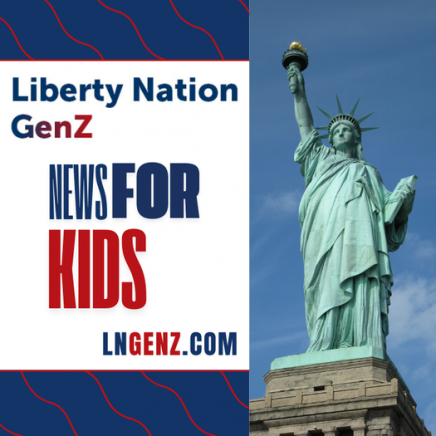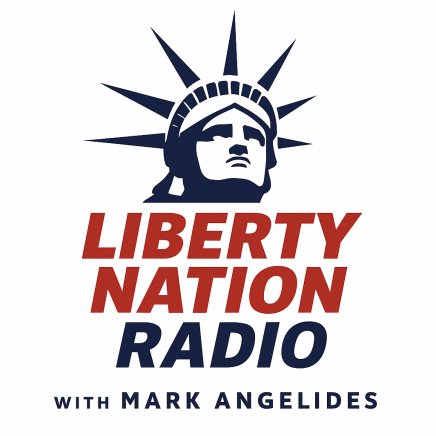![]() For eighteen consecutive years, U.S. student loan debt has risen, and there are no signs of it slowing down. Since the financial crisis nearly a decade ago, student loan debt has surged 170% to $1.3 trillion, according to a new study by the Federal Reserve Bank of New York. Student loan debt is now greater than auto loans ($1.2 trillion) and credit card debt ($1.0004 trillion).
For eighteen consecutive years, U.S. student loan debt has risen, and there are no signs of it slowing down. Since the financial crisis nearly a decade ago, student loan debt has surged 170% to $1.3 trillion, according to a new study by the Federal Reserve Bank of New York. Student loan debt is now greater than auto loans ($1.2 trillion) and credit card debt ($1.0004 trillion).
But the numbers are even more terrifying when you begin to dig beneath the surface.
Forty-four million Americans have some type of student debt, and eight million of those borrowers are in default. Today’s default rate remains higher than before the Great Recession. It is expected to get worse as college education prices continue to soar; tuition and fee prices have jumped between 9% and 13% in 2016.
The study found that the average graduate leaves school $34,000 in the red, up 70% from ten years ago. Meanwhile, 10% of borrowers are at least ninety days behind in debt repayment, and this is causing the credit scores of numerous graduates to tumble.
The present financial situation of college graduates is leading many to delay adulthood and is also having a significant effect on the overall economy.
President Donald Trump proposed “the most liberal student loan repayment plan since the inception of the federal financial aid program,” according to the Washington Post. The president wants to cap repayment at 12.5% of the borrower’s discretionary income and allow a borrower’s remaining student loan balance to be forgiven after making full payments for fifteen years.
It is vital to determine why college costs are so high. The answer is simple: government intervention.
When the state intervenes into the marketplace, it artificially increases demand for student loans because borrowers repay less than the total balance of their loan. Also, subsidizing student loans creates a greater demand, which also boosts prices when they would be lower on the market. This prompts colleges and universities to raise tuition rates accordingly instead of decreasing tuition costs to compete with other post-secondary institutions.
Even former U.S. Vice-President Joe Biden conceded that government subsidies have hurt students more than helped:
By the way, government subsidies have impacted upon rising tuition costs. It’s a conundrum here.
It also can’t be omitted that student loans produce demand for useless degrees, such as philosophy, human ecology, gender studies or comparative religion. Anyone can access government student loans and pay the same interest rates, whether they’re majoring in engineering or medieval poetry. This is something that would not happen in the free market since the terms of student loans would be based on industry demand – majors with a greater prospect of default would pay a higher interest rate on a loan than majors with a decreased likelihood of default.
Ultimately, in the name of supposedly helping American students through the invention of federal loans, the government has done the exact opposite by driving up the cost of education. This has had an unintended consequence of causing poor and middle-class households to take on immense amounts of debt that may never be paid back. CNBC notes that post-secondary education price inflation is much higher than the median household annual income and national savings rate. Most graduates will be deep in debt before they earn their first buck.
The idea of debt forgiveness has garnered a lot of traction, which is why Senator Bernie Sanders (I-VT) was so popular among young people because he wanted to eradicate student debt. But this policy establishes a moral hazard since the borrower doesn’t have an obligation anymore and will simply allocate this burden to taxpayers.
So the question that must be asked is: Do taxpayers even have $1.3 trillion to give the federal government?






